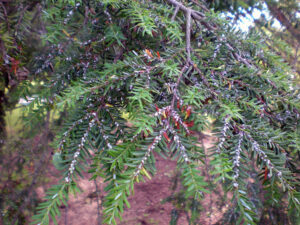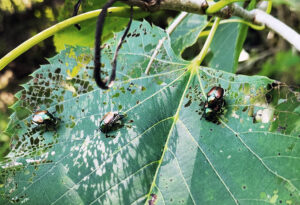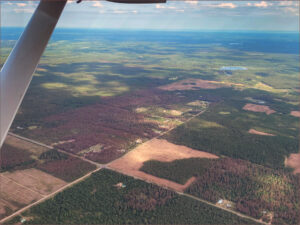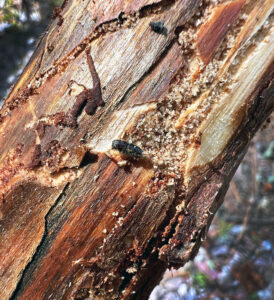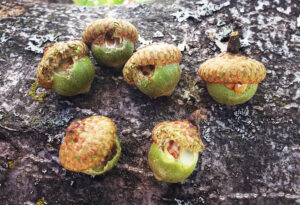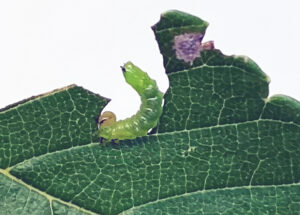By Carmen Hardin, Director, DNR Applied Forestry Bureau, Rhinelander;
Carmen.Hardin@wisconsin.gov
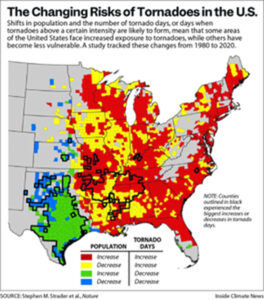
A graphic shows changing tornado risk trends in the United States from 1980 to 2020. All Wisconsin counties are showing an increase in tornado days. / Map Credit: Inside Climate News, Stephen M. Strader et. al., Nature Magazine
We are often asked difficult questions about our forests, their health and how climate change is impacting them. Here is a curated collection of resources that may help you answer some of those questions. Continue reading “Forest Health and Climate Change Resources”

